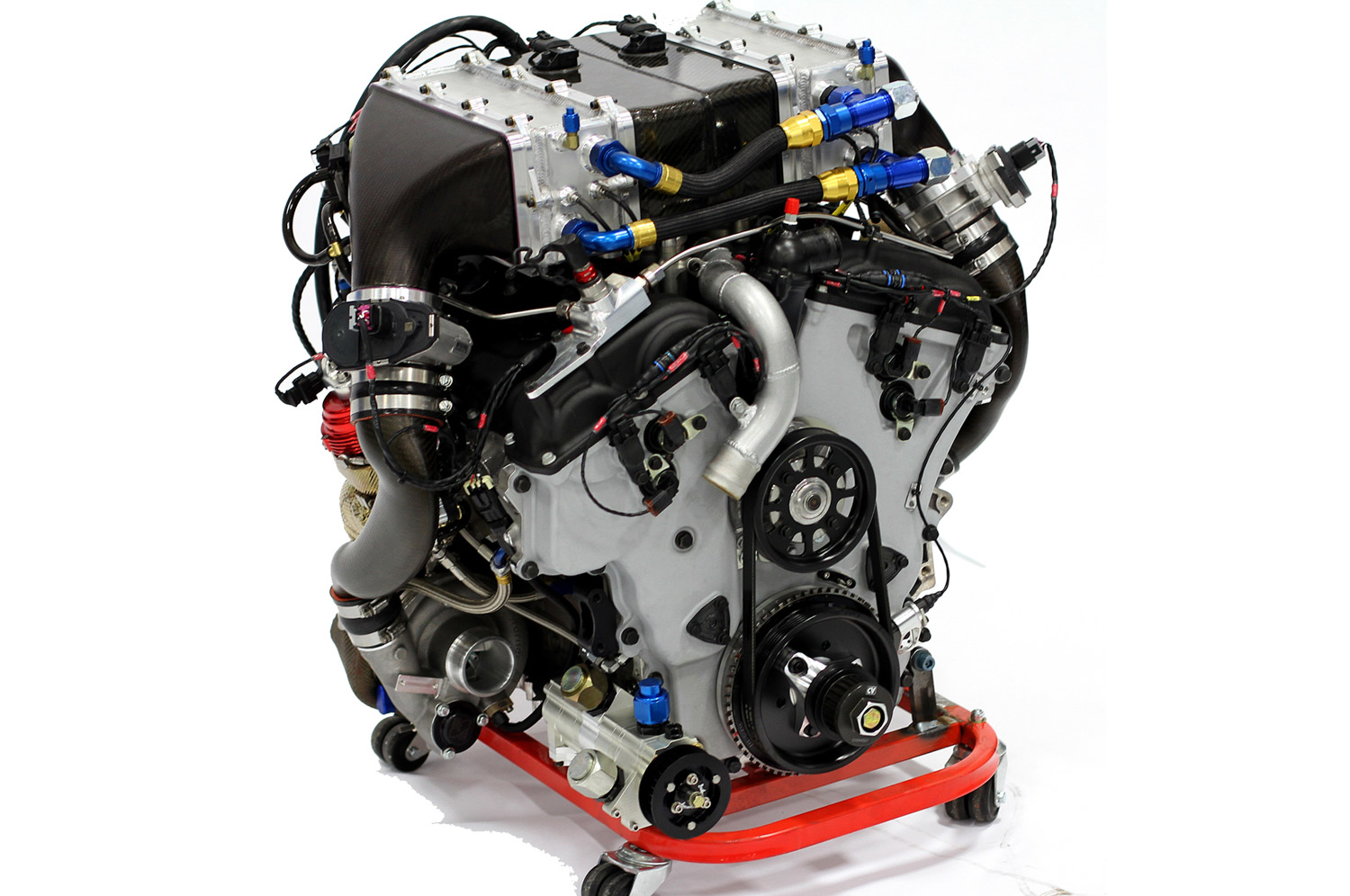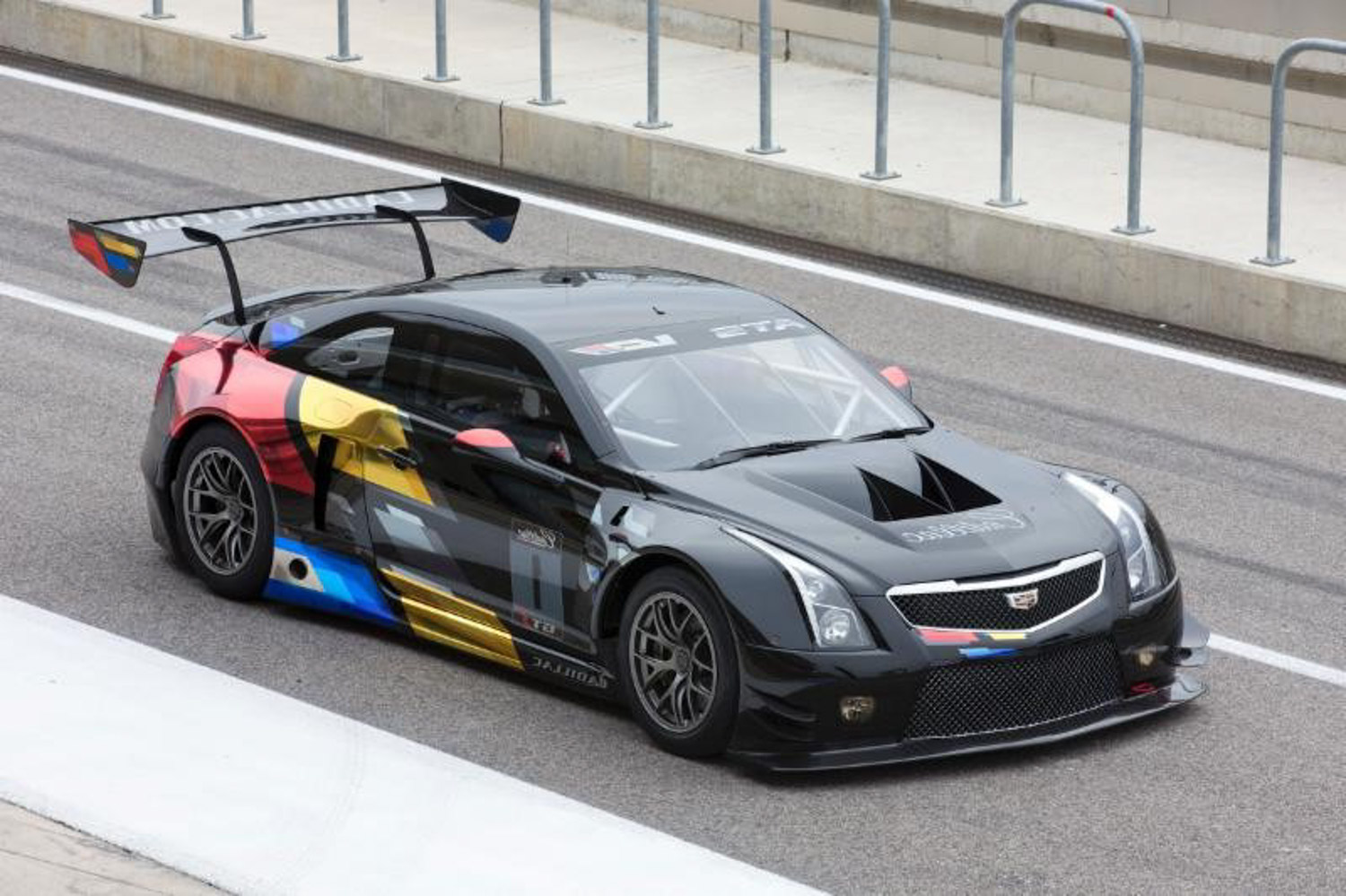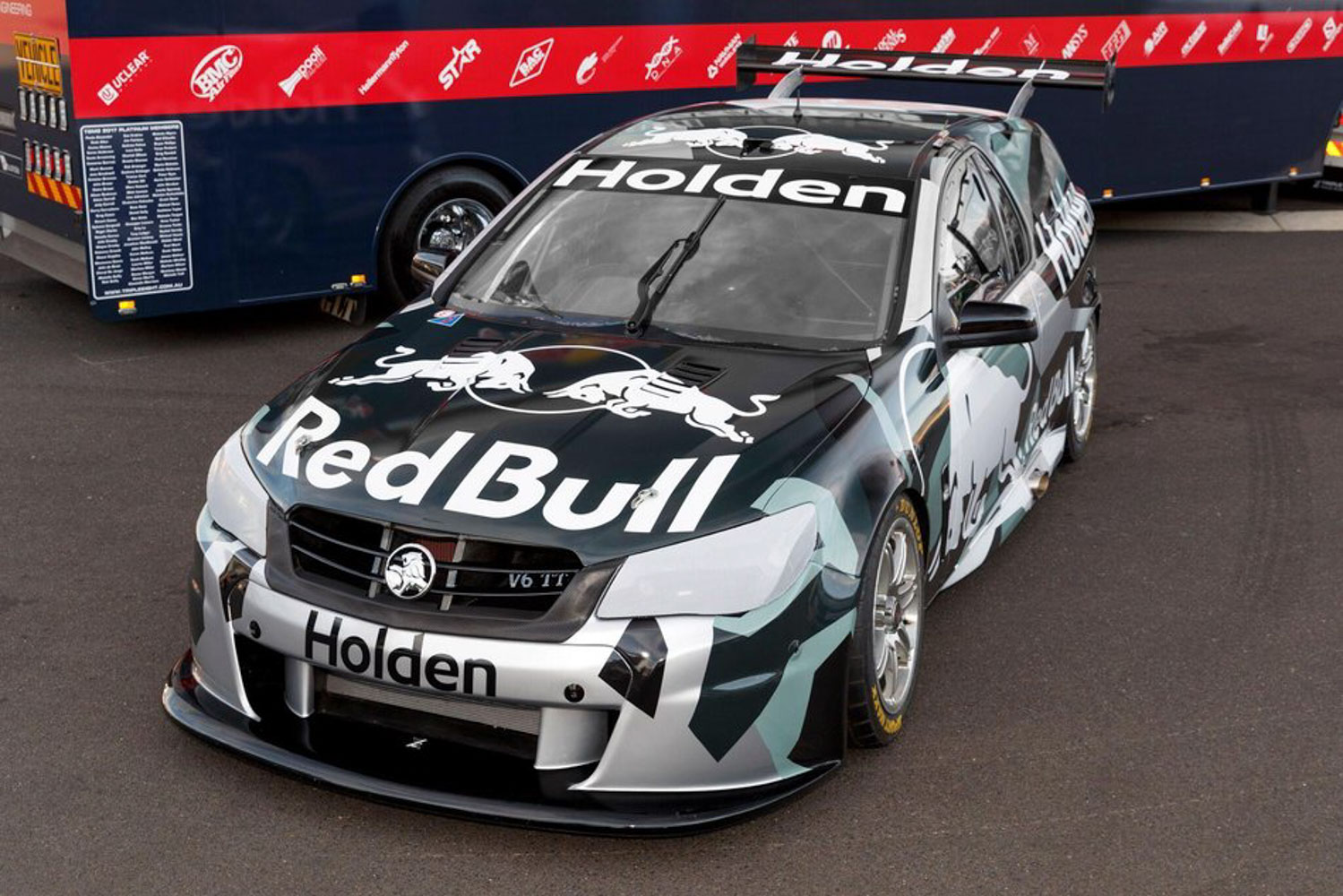V8 Supercars will finally enter the 21st century next year with the introduction of the Gen2 rules, which allow non-V8 engines to enter the fray from 2018 onwards in the form of turbocharged four- and six-cylinder motors.

Specs
GM LF4.R 3.6-litre V6 TT
Twin BorgWarner EFR turbos
Pneumatic wastegate control
Bosch MS5.1 ECU
485kW at 7500rpm
Dual water-to-air intercoolers
The first team to have embraced the switch is the most dominant in the category, Triple Eight Racing, which is Holden’s number-one team. The switch from V8 to V6 won’t see Triple Eight start development from scratch, as you might have thought, as Holden called on parent company General Motors (GM) for help. The answer came from the most unlikely race car you’ll find in the GM line-up — the Cadillac ATS-V.R GT3.

Its power plant is a V6 twin-turbo race version of the 3.6-litre LF4 found in the likes of the Cadillac ATS-V, and can trace its Holden roots — in a naturally aspirated form — right back to the VE. The race variant of the LF4, known as the ‘LF4.R’, has been built at the GM Performance and Drivetrain Centre in the US. It uses an all-alloy construction with 103mm bore, 60-degree block, and alloy heads, and we suspect that it still retains the titanium rods, alloy pistons, and forged crank that the street variant runs. With the GT3 engine said to produce 447kW and 705Nm of torque in unrestricted form, it was never too far off what it would require to be competitive in the Supercars field.

Like the GT3 car, the Holden variants will run larger BorgWarner EFR turbos than the street version, although their location has been shifted for packaging reasons in the Car of the Future (COTF) chassis. While the public is yet to see under-the-bonnet shots, the inclusion of non-regulated bonnet vents in each corner lead one to assume the droolworthy billet/carbon intake with integrated water-to-air intercoolers found on the GT3 machines will also be changed to suit the COTF chassis, with the Triple Eight team citing packaging and centre of gravity as the reasons for the shift to air-to-air coolers.
Extensive dyno work in the US has resulted in an advertised 485kW in an engine that revs to 7500rpm. Understandably, Triple Eight and Holden remain tight-lipped on all the details, but one can assume that the cars will run a Bosch MS5.1 ECU as with the GT3 cars.
Early testing in Triple Eight’s test-mule chassis has suggested big promise despite the usual grumbles based around noise not matching the V8s, but we suspect that, once the engine package is dialled, it will be more than capable of holding its own against its eight-cylinder rivals.
But if you’re already planning to shoehorn one into your Cefiro, don’t hold your breath, as they will be built in the US and leased to Holden teams — including Triple Eight — for the foreseeable future. The new combo will have a gradual roll-out in 2018, with a fourth Triple Eight car running at selected rounds ahead of a complete roll-out in 2019.




